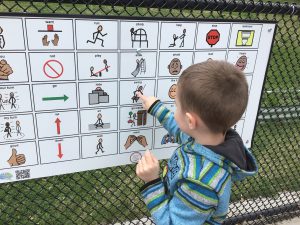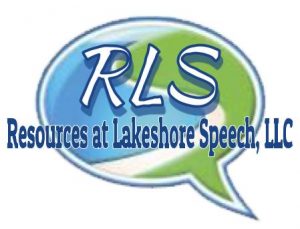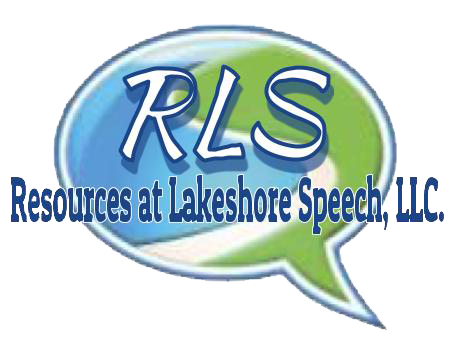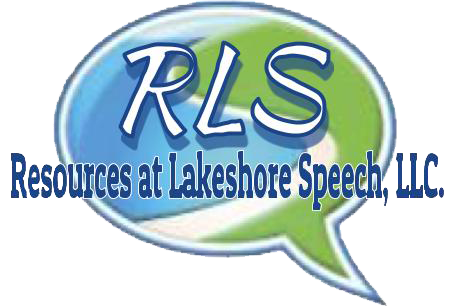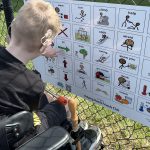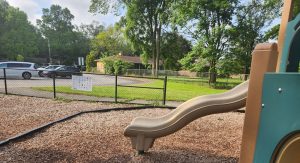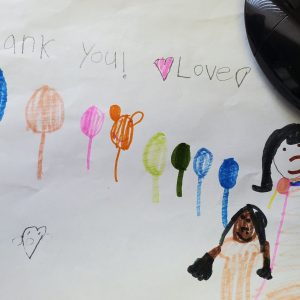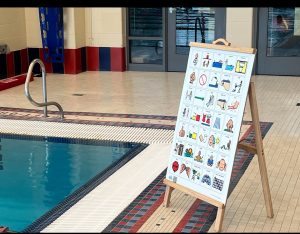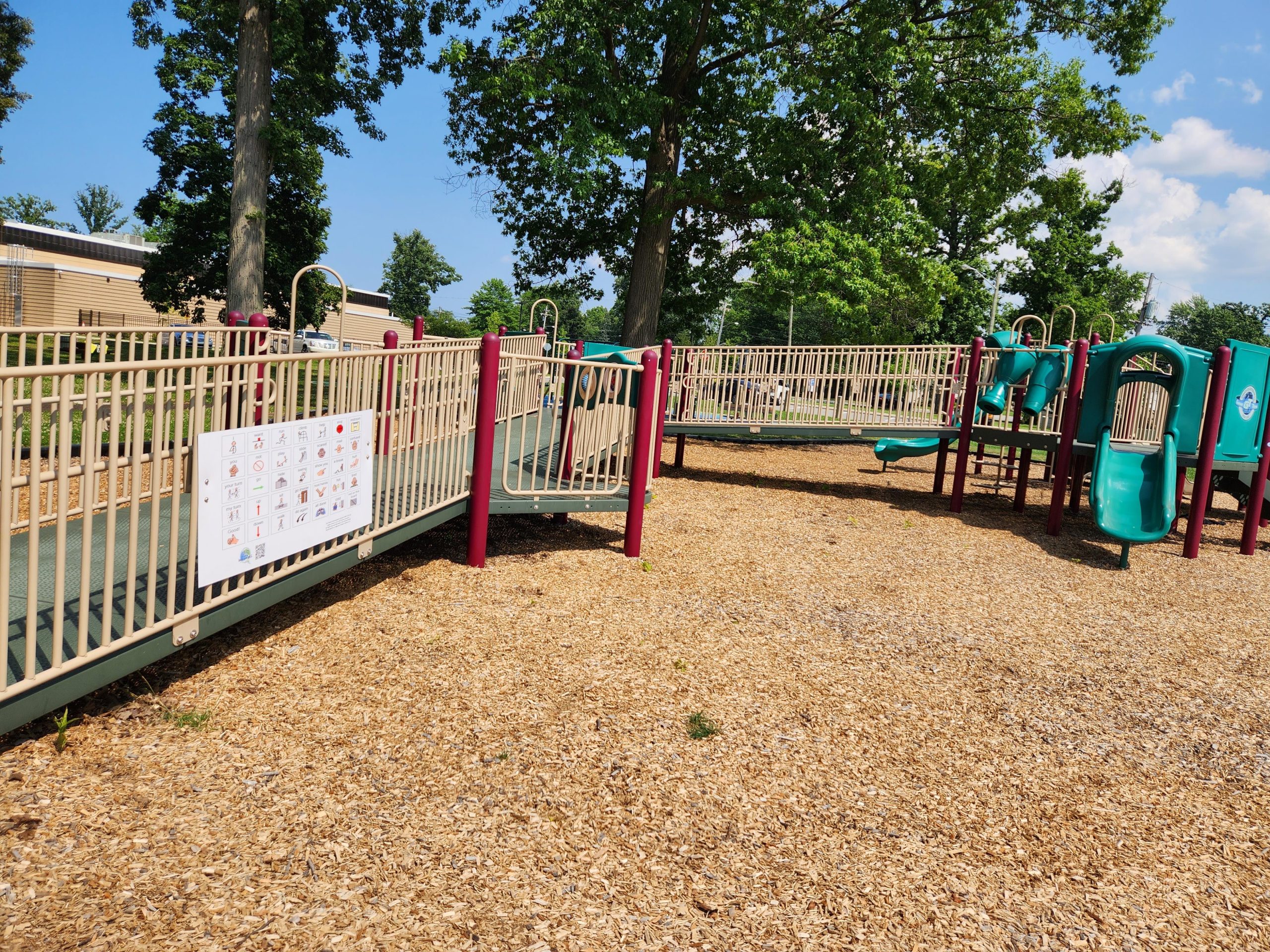
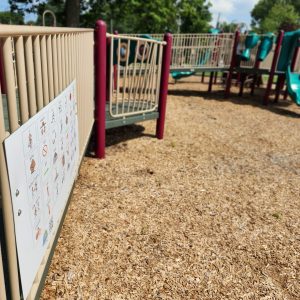
In the realm of ADA compliance for playgrounds, it’s crucial to prioritize communication boards alongside physical accessibility. While physical access is essential, integrating communication boards significantly enhances playground inclusivity for individuals with disabilities.
Understanding the Role of Communication Boards
Communication boards are indispensable tools for individuals facing speech or communication challenges. They come in various forms, from basic picture boards to advanced electronic devices. By incorporating communication boards into playgrounds, we foster an environment where individuals of diverse abilities can interact effectively.
Typically, a communication board consists of pictures, symbols, words, or letters that a person can point to in order to express their needs, thoughts, or feelings. For non-verbal children or those with limited verbal skills, these boards provide a vital means of communication. This can be particularly important in a playground setting where social interaction and play are key components of the experience
Enhancing Accessibility Through Communication
Including communication boards in playgrounds isn’t just about compliance—it promotes a sense of belonging and empowerment. Picture a child who struggles with verbal communication freely expressing themselves using a board. This not only encourages social interaction but also boosts self-esteem.
When children can communicate their needs and participate in play, they feel more included and valued. This can reduce frustration and behavioral issues, as they have a way to express themselves and engage with their peers. Additionally, it educates other children about different ways of communicating, fostering a more inclusive and understanding community.
Promoting Inclusivity and Diversity
By embracing communication boards in ADA compliance, playgrounds become spaces where children of varying abilities can play and learn together, transcending physical limitations. This approach promotes meaningful connections and inclusivity, vital for modern playground design.
Likewise, incorporating communication boards can also benefit children with temporary communication challenges, such as those recovering from an injury or surgery. It ensures that every child, regardless of their communication abilities, has the opportunity to participate in playground activities. This not only benefits the individual children but also creates a more diverse and enriching play environment for all.
The Impact of Communication Boards on Social Development
Communication boards are pivotal in fostering social skills among children with disabilities. They facilitate cooperative play, creative expression, and lasting friendships. It’s about more than access; it’s about creating an environment where every child feels valued, seen and heard.
When children use communication boards, they learn essential social skills such as turn-taking, sharing, and cooperating with others. These skills are crucial for their development and can lead to improved relationships both on and off the playground. Moreover, children who use communication boards often become more confident and independent, as they have a reliable way to communicate their needs and desires.
Implementing Communication Boards: Practical Considerations
To effectively integrate communication boards into playgrounds, several practical considerations need to be addressed. First, the design of the boards should be user-friendly and accessible to children of various ages and abilities. This might involve using clear, simple images and providing boards at different heights to accommodate children in wheelchairs. Working with a licensed speech-language pathologist who specializes in AAC is recommended.
Second, individuals should have an easy way to access how to use the communication boards and how to assist children in using them. This can include understanding the symbols, modeling the use of the boards, and encouraging children to use them during play. This training can be easily accessed via a QR code on the board linking the user to a video.
Third, maintenance of the boards is crucial. They should be checked regularly to ensure they are in good condition and that the symbols are clear and intact. Weather-resistant materials can help in keeping the boards durable and usable in outdoor settings.
The Role of Advocacy and Policy
An emphasis on advocacy and policy play a crucial role in promoting the integration of communication boards into playgrounds. Organizations advocating for disability rights can raise awareness about the importance of communication accessibility in public spaces. Additionally, policies and regulations that mandate the inclusion of communication boards in new playground designs can ensure that future playgrounds are more inclusive.
Local governments and school districts can take the lead by incorporating these requirements into their playground planning and development processes. Grants and funding opportunities can also be made available to support the installation of communication boards in existing playgrounds, ensuring that older facilities are brought up to modern accessibility standards.
Community Involvement and Education
Community involvement is key to the successful integration of communication boards in playgrounds. Parents, caregivers, educators, and local organizations can all play a role in advocating for and supporting these initiatives. Educational programs and workshops can help raise awareness about the benefits of communication boards and teach community members how to use and support them effectively.
By involving the community in the planning and implementation process, playgrounds can be designed to meet the specific needs of the children and families they serve. This collaborative approach ensures that the playgrounds are truly inclusive and reflective of the community’s values and priorities.
Conclusion
Integrating communication boards is essential for achieving comprehensive ADA compliance in playgrounds. By prioritizing communication alongside physical access, we create inclusive spaces that celebrate diversity and foster social inclusion. Let’s pave the way for playgrounds that are not only accessible but truly welcoming to all children.
By understanding the role of communication boards, enhancing accessibility through communication, promoting inclusivity and diversity, and considering practical implementation strategies, we can create playgrounds that serve the needs of all children. With the support of advocacy, policy, technology, and community involvement, the future of accessible playgrounds is bright.
Let’s commit to creating play environments where every child, regardless of their communication abilities, can play, learn, and thrive. In doing so, we not only meet ADA compliance but also build stronger, more inclusive communities for everyone.
